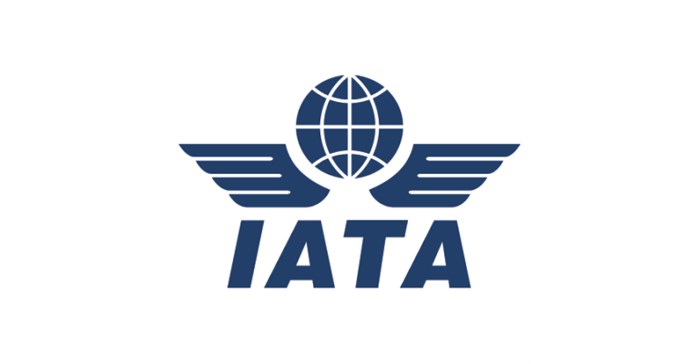GENEVA, SWITZERLAND: The International Air Transport Association (IATA) released data for global air freight markets showing that demand, measured in freight tonne kilometres (FTKs), rose 6.9% in January 2017 compared to the year-earlier period.
While this was down from the 10% annual growth recorded in December 2016 it still was well above the average annual growth rate of 3% over the past five years.
Growth in freight capacity, measured in available freight tonne kilometres (AFTKs), slowed to 3.5% in January 2017.
The continued positive momentum in freight growth into 2017 coincides with a steady rise in new export orders, which reached their highest level in February (latest data available) since March 2011.
Strengthening export orders
There has also been an increase in the shipment of silicon materials typically used in high-value consumer electronics shipped by air. The timing of the Lunar New Year (in January 2017) also may have contributed to higher demand in January.
"It’s been a good start to the year for air cargo. Demand growth accelerated in January, bolstered by strengthening export orders. And that outpaced the capacity growth which should be positive for yields. And, longer-term, the entry into force of the Trade Facilitation Agreement (TFA) will cut red tape at the borders for faster, cheaper and easier trade. The onus is now on the industry to seize the opportunity to accelerate the modernization of processes to make air cargo an even more compelling option for shippers," said Alexandre de Juniac, IATA’s director general and CEO.
Regional performance
All regions, with the exception of Latin America, reported an increase in demand in January 2017:
- African carriers saw freight demand increase by 24.3% in January 2017 compared to the same month last year, helped by very strong growth on the trade lanes to and from Asia. Demand between the two continents jumped by 57% in January on the back of rapid long-haul expansion and increased direct services. The increase in demand has helped the region’s seasonally adjusted load factor to rise after falling by five percentage points in 2016 compared to the previous year.
- Asia-Pacific airlines saw demand in freight volumes grow 6.0% in January 2017 and capacity increase by 6.6%, compared to the same period in 2016. Seasonally-adjusted volumes were up considerably since early-2016 and are now back to the levels reached in 2010 during the post-global financial crisis bounce-back. The increase in demand is captured in the positive outlook from business surveys in the region. China’s Purchasing Managers Index (PMI) rose to a 21-month high, Japan’s PMI to a 36-month high, while Taiwan, Korea, and Vietnam also reported increases in new export orders.
- North American airlines’ freight volumes expanded 6.1% in January 2017 year-on-year, as capacity increased 0.6%. International freight volumes grew by 8.7% – their fastest pace since the US seaports disruption boosted demand in February 2015. The strength of the US dollar continued to pump up the inbound market but kept the export market under pressure.
- European airlines posted an 8.7% increase in freight volumes in January 2016. Capacity increased 3.3%. The strong European performance corresponds with an increase in reported new export orders, particularly in Germany over the last few months. It was also helped in part by the ongoing weakness in the Eurozone.
- Middle Eastern carriers’ freight volumes increased 8.4% year-on-year in January 2017 and capacity increased 3.3%. Seasonally adjusted freight volumes continued to trend upwards during the first month of the year supported by an increase between the Middle East and Europe. Despite this, growth has eased from the double-digit rates which were the norm over the past ten years. This corresponds with a slowdown in network expansion by the region’s major carriers.
- Latin American airlines experienced a demand contraction of 4.1% in January 2017 compared to the same period in 2016 and a decrease in capacity of 1.4%. Recovery in the seasonally-adjusted volumes also stalled with demand 13% lower than at the peak in 2014. The region continues to be blighted by weak economic and political conditions.
World Cargo Symposium
The positive start to the year will set an optimistic backdrop for the World Cargo Symposium which will gather the air cargo industry in Abu Dhabi, United Arab Emirates from 14-16 March.


















